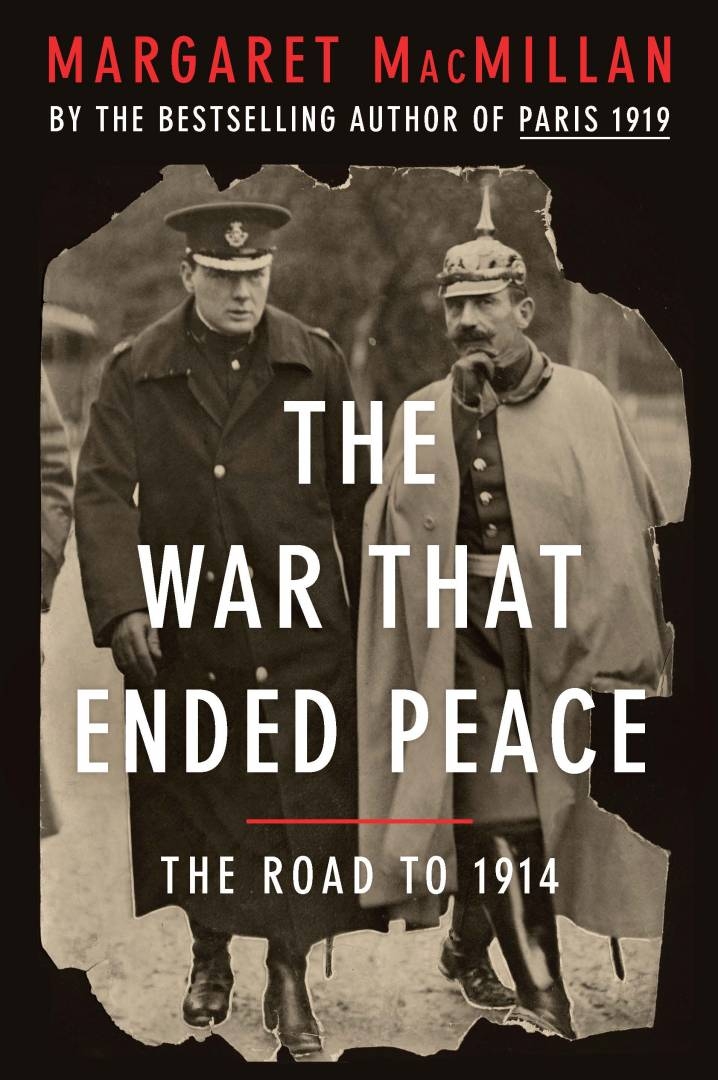
World War I Could Easily Have Been Avoided but for Human Folly
Margaret MacMillan’s The War That Ended Peace: The Road to 1914 is a compelling narrative of the political, cultural and personal forces that shaped Europe’s path to the First World War (1914-1918).
Countless volumes have chronicled the political struggles, the diplomatic efforts, the battles and the strategies behind them, the terrible conditions that soldiers fought in, and the social and class divisions at home. But few historians have looked so extensively at the years and circumstances leading up to the war. In the first years of the 20th century, Europe believed in a golden, prosperous future, but a complex web of ethnic nationalism, colonial legacies and shifting alliances and rivalries derailed a long period of peace, MacMillan argues. It was a war that could have been avoided up to the last moment—so why did it happen? After all, the century since the end of the Napoleonic wars had been the most peaceful era Europe had known since the fall of the Roman Empire.
Beginning in the early 1800s and ending with the assassination of Archduke Franz Ferdinand and the declaration of war, MacMillan depicts the huge political and technological changes, national decisions, and small moments of human muddle and weakness that led Europe from peace to disaster. (And of course the First World War sowed the seeds of the Second World War and the Cold War.)
The War That Ended Peace: The Road to 1914 | ISBN: 9780670064045 | $38.00 | Allen Lane
Publication Date: October 29,2013









